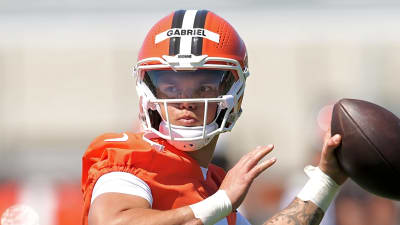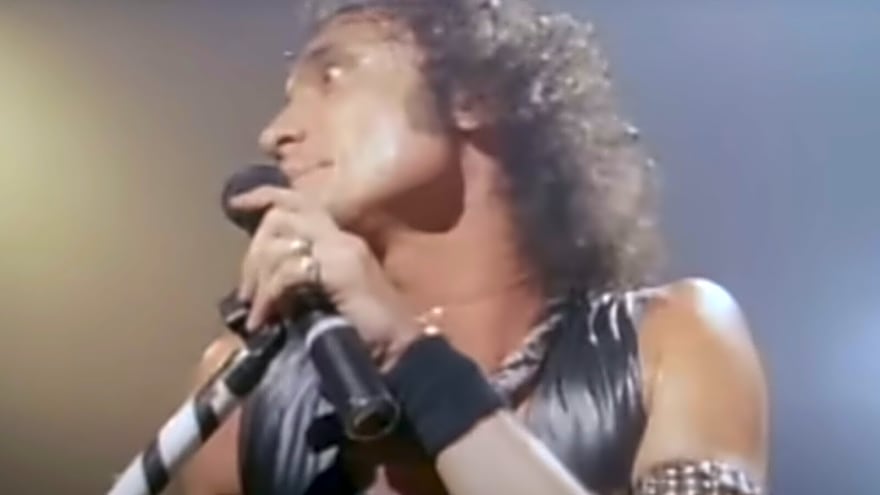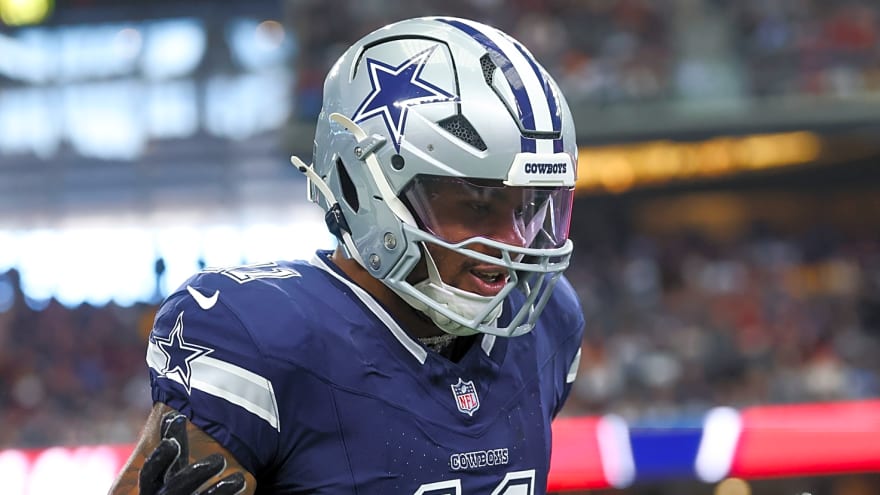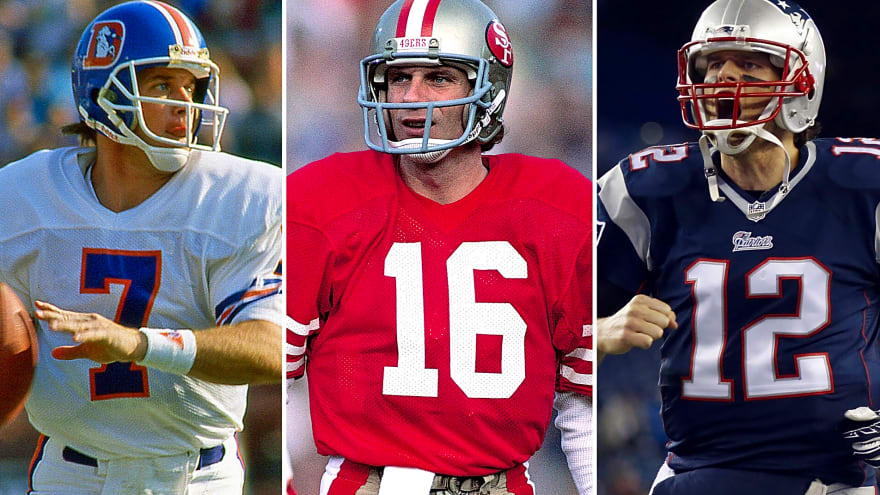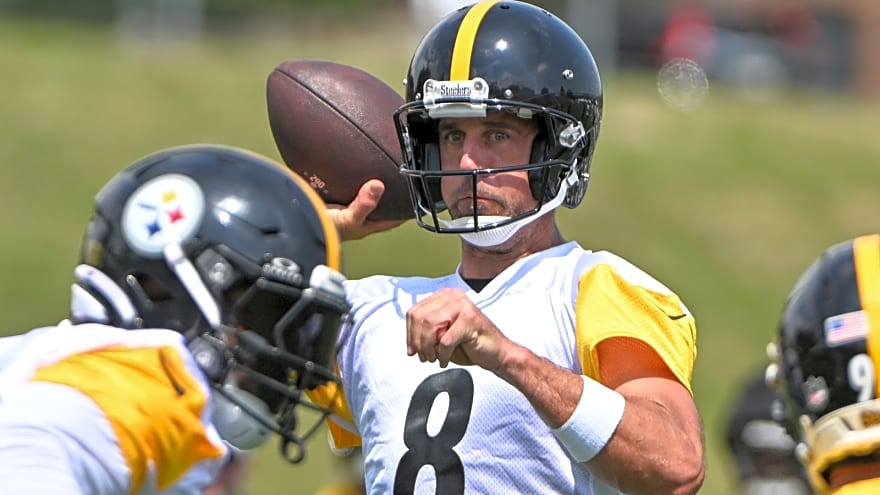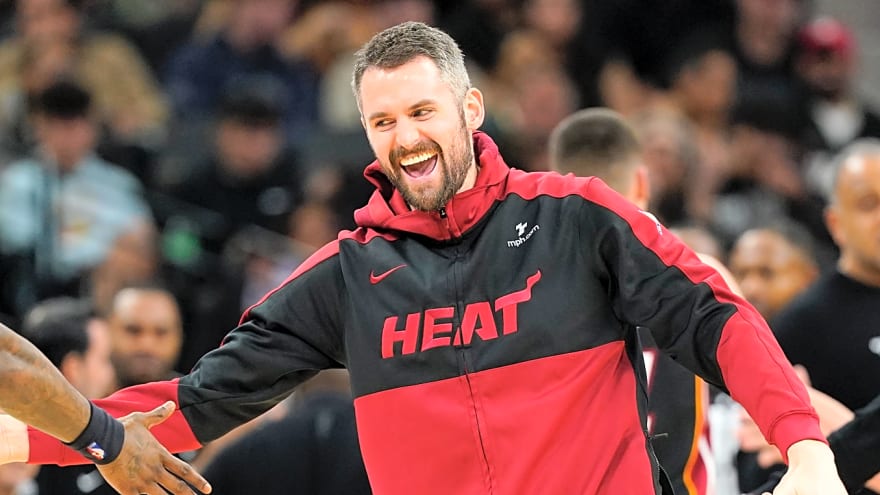
Before Texas Motor Speedway, another was known as Texas’s premier race track. Texas International Speedway, as it was initially named, opened in 1969 but was renamed Texas World Speedway shortly after. The track had a unique layout comparable to Michigan International Speedway’s, but with much steeper banking, allowing faster speeds. The speedway opened in 1969, and in December of the same year, the race track hosted its first NASCAR race. Unfortunately, due to its layout, it experienced several issues, including the Oil Crisis of 1973, putting a damper on any major races.
Despite these issues, NASCAR returned in 1979, but only remained active there for another two years. In 1981, NASCAR president Bill France Jr. withdrew further races from the track due to poor track quality, amenities, and attendance. Though the track changed hands many times, major racing events were never held again. This eventually became a problem for the state of Texas because there wasn’t a track to hold world-class racing series like NASCAR.
Then, Eddie Gossage, VP of Public Relations at Charlotte Motor Speedway, and Speedway Motorsports owner Bruton Smith began searching for land to house a new track. However, it wouldn’t be long before the search was over. Real estate developer Henry Ross Perot Jr. approached the pair and offered to show them a piece of land he owned. Gossage and Smith liked what they saw and purchased the land from Perot just days later.
Texas Motor Speedway: The Early Days
Since its groundbreaking on April 11, 1995, Texas Motor Speedway bounced around many ideas regarding the track’s layout. Developers knew they couldn’t repeat the same mistakes made with the design of Texas World Speedway. Therefore, it was decided that the track should appeal to both NASCAR and Open-Wheel Racing, specifically, IndyCar.
To do this, the track needed to feature banking high enough for stock car racing (24 degrees) and low enough for Open-Wheel (8 degrees). The featured plan also included a wall for optimal speed reduction for open-wheel races, but developers were met with harsh criticism from open-wheel drivers.
IndyCar driver and co-owner of Curb-Agajanian Racing spoke out before the track’s debut in 1996, stating that developers had decided not to add a wall for open-wheel drivers. The move was only the beginning of the hectic first few years of racing at the track. The 1997 Interstate Batteries 500, the track’s inaugural race hosting the NASCAR Winston Cup Series, was plagued with rain, traffic delays, and a lack of parking availability.
Most Memorable Moments
Since its debut in 1997, the 1.5-mile quad oval fans know and love as Texas Motor Speedway has easily become one of the most iconic tracks in the NASCAR circuit. For nearly 28 years, the track has been home to some of the most unforgettable and thrilling moments in NASCAR history. This is the track where legendary driver and Hall of Famer Carl Edwards secured his fourth rookie win at the Dickies 500 on November 6, 2005.
He won at Texas Motor Speedway again in 2008, holding off 7-time champ and fellow Hall of Famer Jimmie Johnson. Carl Edwards isn’t the only one who has had luck at Texas Motor Speedway. Dale Earnhardt Jr. hit a significant milestone in his career in 2000, earning his first victory at Texas in the NASCAR Cup Series. Jimmie Johnson holds the record for the most wins at the track in NASCAR history, with seven, tying Kyle Busch and Carl Edwards with four.
Final Thoughts
NASCAR has made history at Texas Motor Speedway and produced some of the most notable winners, including Carl Edwards, Jimmie Johnson, and Kyle Busch. Yet, there’s always room to write a new history in a more modern era of NASCAR with newer drivers and Next Gen cars. Each new race at the track brings a new level of excitement, and this weekend, the Xfinity, Craftsman, and Cup Series are on track to do just that. So, get ready.
More must-reads:
- Sophie Cunningham, Sparks HC react to third incident of object tossed onto court
- U.S. Open once again raises the bar with record prize money
- The 'NBA minutes leaders by season' quiz
Breaking News
Trending News
Customize Your Newsletter
 +
+
Get the latest news and rumors, customized to your favorite sports and teams. Emailed daily. Always free!
TODAY'S BEST

Shane Van Gisbergen Enjoys 'Pretty Exciting' NASCAR Playoff Drama, but Isn’t Sold on One Key Aspect

Browns play cruel joke on Shedeur Sanders before preseason opener
The Cleveland Browns aren't setting fifth-round pick Shedeur Sanders up for success before he makes his debut against the Carolina Panthers on Friday night. Amid hamstring injuries to Kenny Pickett and Dillon Gabriel, the Browns are giving the start to Sanders, hoping to keep QB1 Joe Flacco healthy before the regular season. However, the Browns aren't making Sanders' life easy before Friday's game. Per Zack Jackson of The Athletic, Sanders has yet to receive reps with the first-team offense in practice and has mostly worked with the third team in training camp. "Through 10 days of camp, Sanders is the only one of the four Browns quarterbacks not to take snaps with the No. 1 offense," Jackson wrote. "He piloted the No. 2 offense in one drill last week against the Browns’ No. 1 defense, but the majority of his snaps in camp have come with and against the No. 3 units... "Wednesday’s joint practice should provide some clarity on the Browns’ exact thinking and availability for Friday. Sanders likely won’t take No. 1 reps in the joint session, but he’ll have that practice and a Thursday walk-through to prepare further — and potentially get the chance to play the full game in the preseason opener." Per Fred Greetham of 247 Sports, Sanders did not receive reps with the first-team offense during the joint practice on Wednesday, but did take part in four plays during an 11-on-11 period against the Panthers following Flacco's reps. Browns head coach Kevin Stefanski thinks Sanders has received enough reps from the second and third team units to be ready for Friday night, arguing that the only thing different about the players on the first team is the "batteries" they're built with. "That's part of, I think it's just preseason ball, where you may have some ones going against twos," Stefanski said. "Two's going against one's. You could have, there's different guys in there at different times, but I think both sides, particularly in that first game, it's all about playing fast. "So you typically don't see a ton of looks that are unusual per se. So if you stick to your rules and you stick to what you've been taught over the last few weeks, you should be able to operate and function well." Sanders is going into his first NFL game flying blind after the Browns played a cruel joke on him this week. Frankly, there is a considerable difference in throwing to the equipment staff and players signed as undrafted free agents versus the speed that a first-team offense in the league has. The Browns aren't giving Sanders a fair fight by allowing him to practice a few reps with the first team. It's now up to Sanders to quickly respond to the differences if he wants a chance to move up the depth chart.

Sophie Cunningham, Sparks HC react to third incident of object tossed onto court
Over the past couple of years, the WNBA has seen a major uptick in ratings and overall fan engagement. Unfortunately, that has also come with negative attention. It may have reached a new low, as there have now been three separate incidents in which a fan has thrown a sex toy on the court. This time, it nearly hit Indiana Fever veteran Sophie Cunningham during a matchup with the Los Angeles Sparks on Tuesday. Cunningham had already joked about it on social media, and given her outspoken nature and reputation as a bit of an instigator, she didn't shy away from it: She also laughed it up on her Instagram story: Sparks head coach Lynne Roberts, however, didn't think it was a laughing matter. Following the game, she put the fans on blast for their "stupid" behavior. "It's ridiculous. It's dumb. It's stupid," Roberts said, per Yahoo Sports. "It's also dangerous, and you know, player safety is No. 1, respecting the game, all those things. I think it's really stupid." There's no place for any of this in sports, much less in women's sports. The league needs to crack down on this and take the necessary measures to prevent it from happening ever again. The WNBA is finally thriving after years of surviving, and while the fans will eventually grow to respect the product, not all publicity is good publicity.
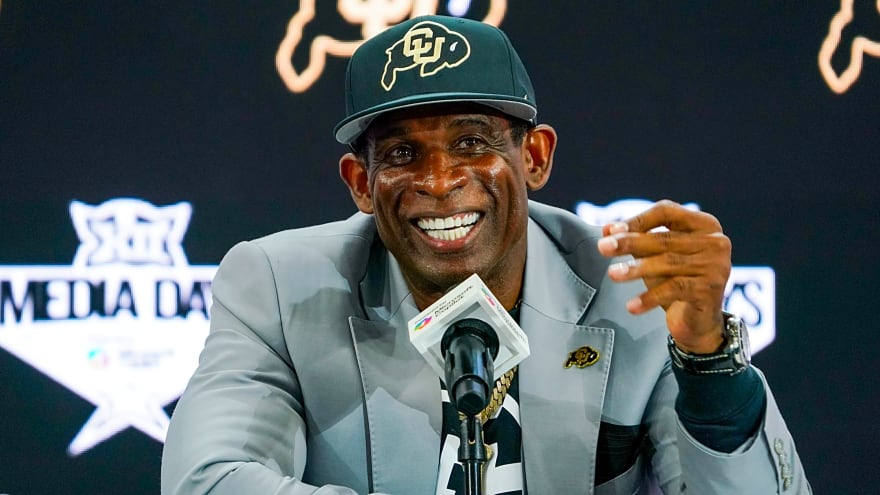
NFL Hall of Famer reveals why he chose to join Deion Sanders' Colorado coaching staff
Marshall Faulk is Colorado's new running backs coach, and the Buffaloes could not ask for someone with better experience for the job. That's, of course, because this is Faulk's first coaching gig. As a player, though, there were few better than the Pro Football Hall of Famer. In 12 seasons in the NFL, he rushed 2,836 times for 12,279 yards and 100 total touchdowns. He was a league MVP, a seven-time Pro Bowler and a Super Bowl champ. Faulk was the real deal, and now he has a chance to pass his experiences on to the running backs at Colorado. For him, it's more than just the opportunity to coach football, though. He gets to coach under Deion Sanders, whom he views as a major difference-maker for the game of football. "You guys know him in a different way than I know him," Faulk said in a recent media availability (h/t On3). "We’ve been friends for many years. We worked together in television. We always talk just about the game and probably more about kids coming up in the game. How do you affect and make sure they come into the game the right way? He’s one of those way makers. When you pay attention to kids that’s gonna leave this program and go to the next level, they’re gonna do it in a certain way and you’re gonna say, 'Wow, they were coached by a guy who understands how to get it done.' I identify with that." Colorado can certainly use Faulk's expertise heading into 2025. There are several players battling for the starting role after Isaiah Augustave transferred to South Carolina. Even then, he was Colorado's leading rusher last season while rushing for just 384 yards and four touchdowns, so it's not like the Buffs have a big gap that they're trying to replace. Dekalon Taylor transferred in from Incarnate Word, where he rushed for 909 yards and nine touchdowns last season, so he'll be a player to watch. Dallan Hayden, Micah Welch, Simeon Price and Charlie Offerdahl are also names to know. Faulk will have his work cut out for him, but he seems excited to make a difference both on and off the field for these young Buffaloes. "So coming here not just to win games on the field, but to win the game off the field, which is to make sure that these young men in life become what they want to become outside of football. They become the father that they want to be, the brother, the husband. Making sure that they do that, that’s the important part. That was attractive," he said.

Cowboys owner Jerry Jones gets harsh reality check over Micah Parsons drama
ESPN NFL analyst Louis Riddick gave Dallas Cowboys owner Jerry Jones a reality check on Wednesday. During the most recent edition of "Get Up," Riddick blasted the longtime Cowboys owner's handling of edge-rusher Micah Parsons' contract negotiations. It's the second time in as many weeks that Jones has received an unkind reality check over the Parsons situation. While the two-time first-team All-Pro has been extension-eligible since the end of the 2023 regular season, the Cowboys have strung along talks, pushing Parsons to request a trade on Aug. 1. Riddick blasted the approach, suggesting it's time Jones stops living in the past. "He may say, 'I did this kind of thing with Emmitt [Smith], we still won Super Bowls,'" Riddick said. In 1993, the Pro Football Hall of Fame running back missed the first two games of the regular season due to a contract dispute. He eventually signed a four-year, $13.6 million contract on the Thursday before Week 3 and after the Cowboys had started 0-2. Smith led the league in rushing that season, and the Cowboys would go on to win their second consecutive Lombardi Trophy. Riddick made it clear to emphasize that the situation is far different from the one with Parsons. "You had Troy [Aikman], you had Michael [Irvin] ... You had an all-time team. They don't have an all-time team right now," Riddick said. "He's the one that says all the time, 'I'm all in... My clock is ticking. I need to win another championship.' This isn't the blueprint for it," the former NFL defensive back added. "You don't have that team anymore, but you're conducting business like it's back in 1993 again, and it's not," he finished. The Cowboys haven't won a Super Bowl since 1995. Over the past 29 seasons, Dallas has more losing seasons (nine) than postseason wins (five). The Cowboys are often more relevant for their off-field drama than on-field accomplishments, and that's no different this season. It's a song and dance Jones has perfected, and it's one preventing Dallas from maximizing its future.





